Midlife rules: How to hit peak fitness over 40
Yes, you can be as fit as you were in your thirties, you just need to change the way you train.
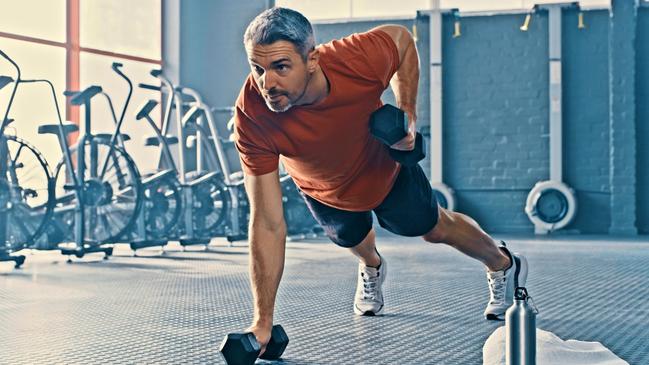
Is it possible to be as fit in your forties and onwards as you were in your thirties? Perhaps even fitter? Yes it is, say fitness experts: there are plenty of people in their forties and even fifties who are in better shape than they were decades earlier. So what is the key to their success?
It’s partly down to a shift in mindset, says Hans Degens, professor of muscle physiology at Manchester Metropolitan University. We all need to accept that our bodies change as we age and, as a result, working out as we did in our twenties and thirties won’t produce the same results later in life.
“Ageing is a phenomenon where things do slowly deteriorate at a random pace,” Degens says. “In our late thirties and early forties the changes are often gentle so you barely notice them, but over time the adaptations of ageing happen more rapidly and you might start to become affected by them when you exercise.”
Degens and his colleagues looked at age-related declines in fitness among male and female cyclists aged from 34 to 84 for a study published in the European Journal of Applied Physiology.
In this they found that, in addition to a decline in muscle mass and strength, aerobic capacity and respiratory function also decreased with age – even in these highly trained athletes.
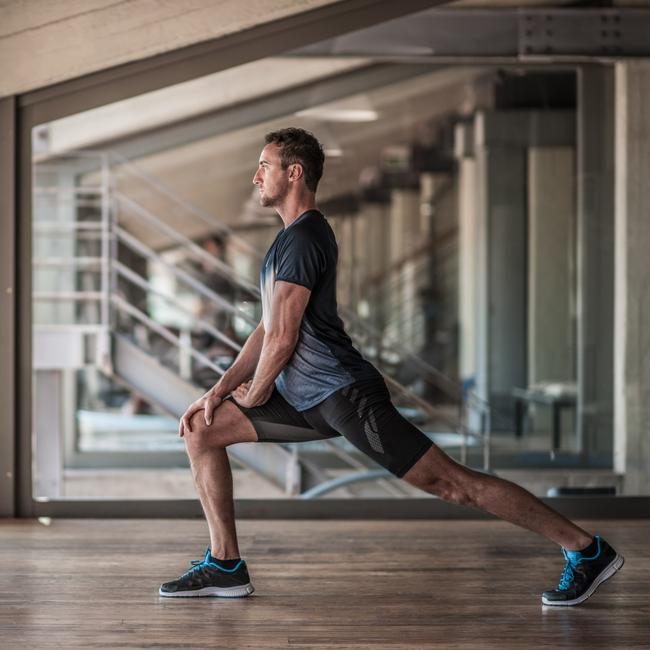
Although we can’t avoid all of the side effects of ageing, by restructuring the way we exercise we can get fitter and experience other positive side effects.
“The reality is that people who stay fit from their forties onwards are an average of 20 years younger in physiological terms than sedentary people of the same age,” Degens says. “And the rate at which you lose aspects of fitness will be much slower if you approach exercise strategically past your forties.”
You will certainly need to change the way you train to see these gains.
“Staying fit in your forties onwards does take hard work but it is very achievable,” Degens says. “You can’t do the same volume and intensity as you did in your youth but with a different approach your body will respond well.”
Here are the strategies you need.
1. The key to a stronger body in midlife is building up gradually
Diving straight into a workout regimen is never a good idea if you are a beginner or have taken time away from the gym.
The longer it has been since you exercised regularly, the longer it will take to build back a fitness base – otherwise you predispose yourself to overuse injuries early on.
Start with regular walking and bodyweight exercises before attempting to run or add weights, says the performance coach Dalton Wong. And be patient because achieving goals could take longer as the decades pass by.
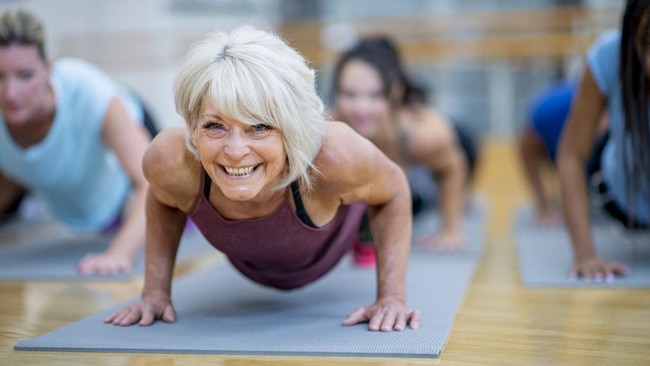
“It’s very important to have a level of aerobic fitness, muscle strength and core stability that allows you to move to the next level without getting hurt,” Wong says.
“Make bodyweight compound movements – exercises that work several joints and muscles at the same time such as squats, lunges and deadlifts – a priority and save higher impact, heavier weights and demanding exercises such as HIIT [high-intensity interval training] sprints and jump squats until your body is ready.”
This is particularly important if you are starting from scratch.
“A big mistake for people starting out is to attempt too much for their fitness level,” Wong says.
“Committing to regular activity and then gradually adding more is key.”
Whatever your age is, resting on your laurels for too long will result in a fitness plateau. Mix up the exercises and lateral movements that challenge mobility and balance, change the number of repetitions you perform, increase the load of weights and vary the amount of rest between exercises.
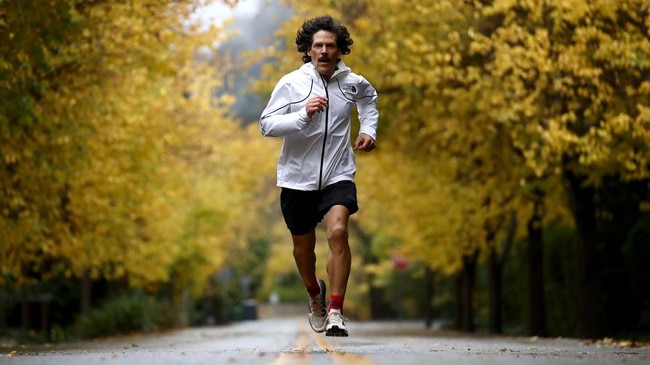
2. Change the focus of your workouts – lean into strength training after 40
At 40-plus you can no longer get away with the things you previously avoided at the gym because you didn’t enjoy them.
For me, at 56, it is ramping up the strength training, which I find boring but essential, and renewing my commitment to Pilates a few times a week to reduce joint tightening – so that running, my exercise of choice, remains a possibility for decades to come.
I also substitute a run for an HIIT bike session every three days to challenge my mind and muscles a little differently.
Denise Toner, 46, from Northern Ireland, was a European Masters’ champion runner in her thirties and has turned to Hyrox circuit training to reduce her risk of injury.
“Hyrox has definitely helped to ward off niggles and helped to keep me at least as fit as I was in my thirties,” Toner says.
“It has also brought unexpected gains such as improving good running form and psychologically I have enjoyed the challenge of doing something very different.”
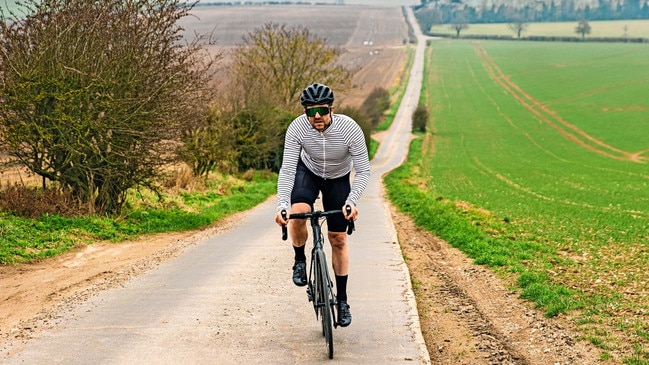
3. Stretch every day to maintain flexibility
I now force myself to stand up and stretch or do some squats every hour to break up sitting and loosen hip tightness.
A key to over-40 fitness is fitting in added extras when you can. A five to 10-minute stretching routine in front of the TV is also a good idea.
Flexibility declines drastically as we age and preserving it affects more than just our ability to move and stand well. Regular stretching of large muscles in the lower body, trunk and shoulders has been shown to improve the health of our arteries by making it easier for the blood vessels to dilate, reducing blood pressure over time.
A study recently published in the Scandinavian Journal of Medicine and Science in Sports found that greater flexibility in middle age meant that you were likely to live longer than someone whose muscles and joints are stiff and rigid.
“Aim to stretch all over the body, releasing tension in areas that are tight but not ignoring any major muscles,” Wong says. “The effects are cumulative, so do some every day.”

4. If you want to ramp up your fitness, warm-ups and cool-downs are non-negotiable
You might have been able to get away with heading straight out from your door for a run or a cycle or not warming up before a weights session in your twenties – but not now.
The warm-up and its counterpart the cool-down become non-negotiables as you age.
You do not have to spend too long limbering up but do make it worthwhile by focusing on “dynamic” movements that are designed to raise body temperature and prepare tissues for action.
“Select four to six dynamic drills specific to the activity you will be doing and perform them for 15-20 seconds once or twice over,” Wong says.
For example, good choices might include high-knee marches, walking lunges and leg swings if you are a runner or cyclist, or lateral lunges and multi-direction hops if you play ball sports.
A review of 20 trials involving 19,712 people that was published in the journal Cureus showed that a dynamic-style warm-up helps to prevent injuries by as much as 77 per cent.
At the end of a workout, spend five to 10 minutes cooling down either by gradually reducing the pace and intensity of an activity – slow from a run to a jog, for example – or by walking and stretching. It serves the important purpose of steadily lowering your heart rate and body temperature and soothing tired muscles.
“Your body will thank you for warming up and cooling down well as you get older,” Wong says. “Don’t neglect either.”
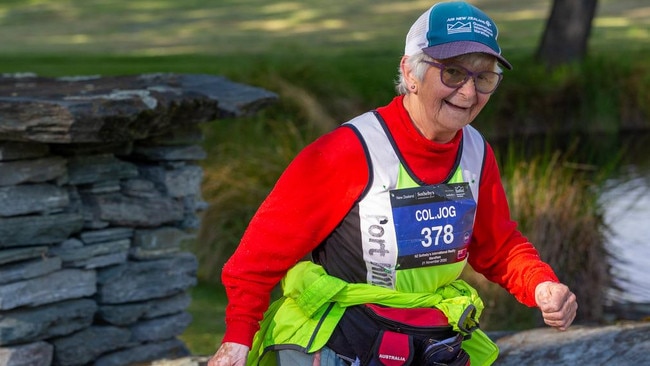
5. You’ll get better results if you allow for recovery between intense workouts
From your forties onwards your body will struggle to complete the tough, back-to-back daily workouts that were a breeze a decade ago.
“As your muscle mass declines with age there is a greater demand on the remaining cells when it comes to intense activity,” Degens says. “So even if you are very fit for your age you will need to factor in longer recovery times than you took in your twenties.”
Needing an extra day or two between harder workouts is not unusual. Although it needn’t mean you do nothing on those days. Yoga, walking or gentle swimming can aid the recovery process and keep you fit.
Paul Freary, a 57-year-old runner who has 10,000 followers as @therunnignshoeguru on Instagram, is as fast as many 20-year-olds with a 16min25sec 5km time to his name last year – and is aiming for a sub-2hr40min marathon this year.
Freary pays particular attention to recovery to stay running fast.
“In my twenties and thirties I would think nothing of doing two to three hard-running sessions each week,” he says. “But now it is one per week with much less vigorous workouts on the other days. My body needs more time to get over the intense running and that approach helps me to stay fast for my age.”

6. A lesser-known secret of a fit body: a good night’s sleep
Sleep plays an important role in the growth and repair of muscle tissue and metabolism, as well as ensuring that reaction times and memory are optimal, all of which affect physical performance.
Although it is normal for sleep quality to decline as we get older, usually becoming shorter, lighter and more fragmented, it remains important to get enough to feel refreshed, which is usually between seven and nine hours.
One study published in the journal Physiological Reports found that just one night of sleep deprivation reduced muscle protein synthesis and repair, limiting the body’s ability to gain strength even if weight training was part of that person’s lifestyle.
“Chronic sleep deprivation could see your physical performance deteriorate severely,” Degens says. “It is a hugely important aspect of fitness as you get older, so do prioritise good sleep habits.”
7. The older you are, the more protein you need – try to eat four portions a day
A recent review of the diet habits of athletes in their forties and older published in the journal Nutrients showed that their intake of carbohydrates and protein were “insufficient to meet the demands” of their sporting endeavours.
While most of us are not serious athletes the focus on diet is equally important for staying fit enough to train at the gym and it is likely that there are shortfalls that need addressing.
Our ability to digest and utilise protein – essential for supporting muscle repair and growth – decreases as we get older so it is important to consume enough. UK guidelines suggest adults need about 0.75g of protein per kilogram of bodyweight daily – so 45g for the average woman or 55g for the average man, which is about two palm-sized portions of meat, fish, nuts or tofu per day.
However, studies from McMaster University in Canada suggest intakes of up to 1.6g per kg – about 4-6 portions – are needed to support muscle health if you are a 40-plus exerciser. But don’t neglect carbs.
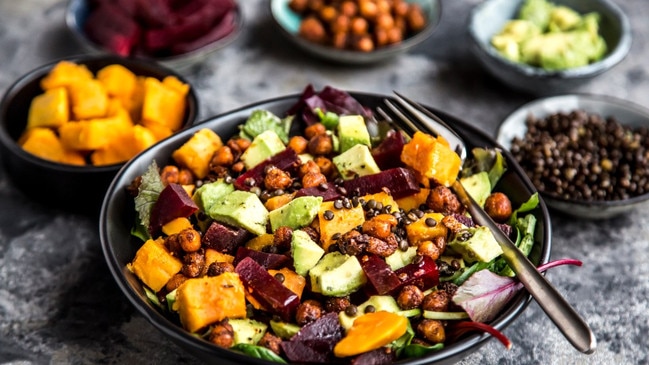
“Carbs are the muscles’ preferred fuel source and we need them in our diets if we are working out a lot,” says Anita Bean, a registered sports nutritionist and author of The Complete Guide to Sports Nutrition.
“Not getting enough carbs in your diet on a consistent basis will reduce your ability to put in high effort, leave you feeling fatigued and will also affect your immunity.”
Get your carbs from sources such as oats, wholegrains, sweet potatoes, bananas and wholemeal bread.
8. Even elite athletes have to work on their balance – so should you
Research by Degen’s colleagues at Manchester Metropolitan University has shown that balance deteriorates faster than strength and that even super-fit athletes are not immune to the decline.
“Loss of balance is much faster than loss of muscle strength,” Degens says. “You need to work at preventing loss of balance as much as possible so that you don’t fall and risk injury.”
At 60, Degens says he stands on one leg every day, eyes closed, aiming for at least 15 seconds.
“It’s the simplest thing you can add to your workout routine after 40 but has some very powerful effects,” he says. “In lab tests my own balance, which was terrible a few years ago, has improved to score more highly than that of my 20-year-old students with this simple approach.”
The Times





To join the conversation, please log in. Don't have an account? Register
Join the conversation, you are commenting as Logout